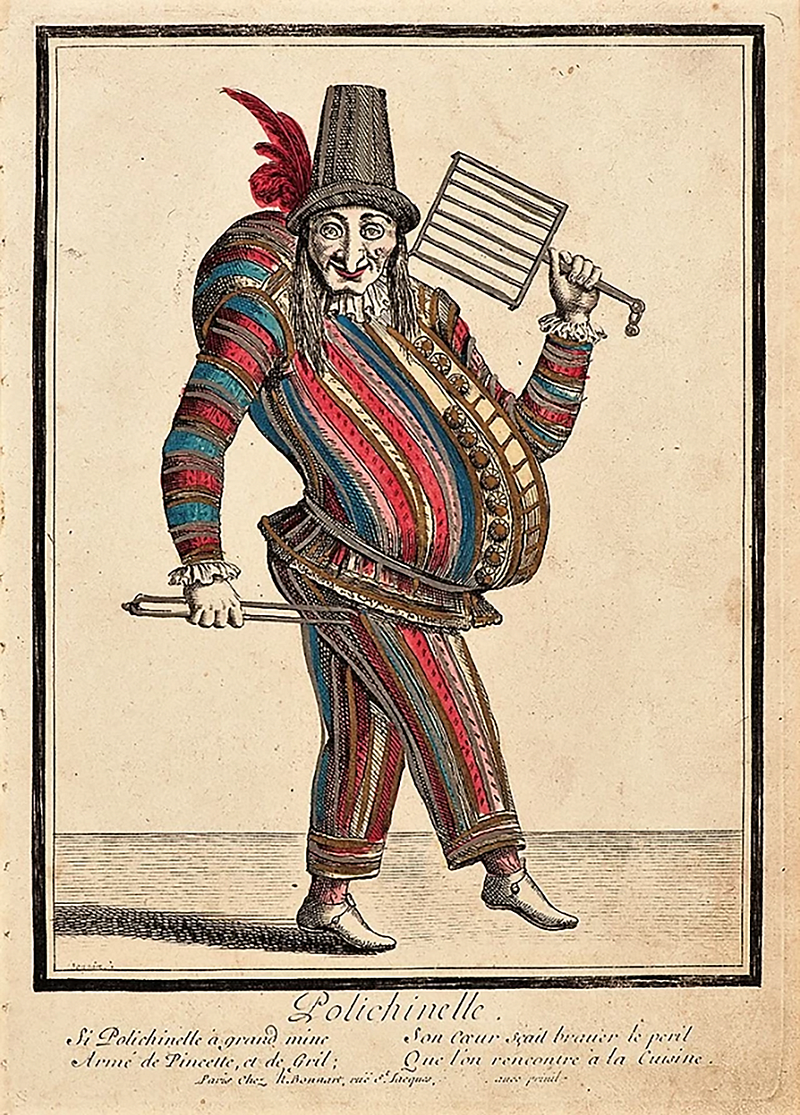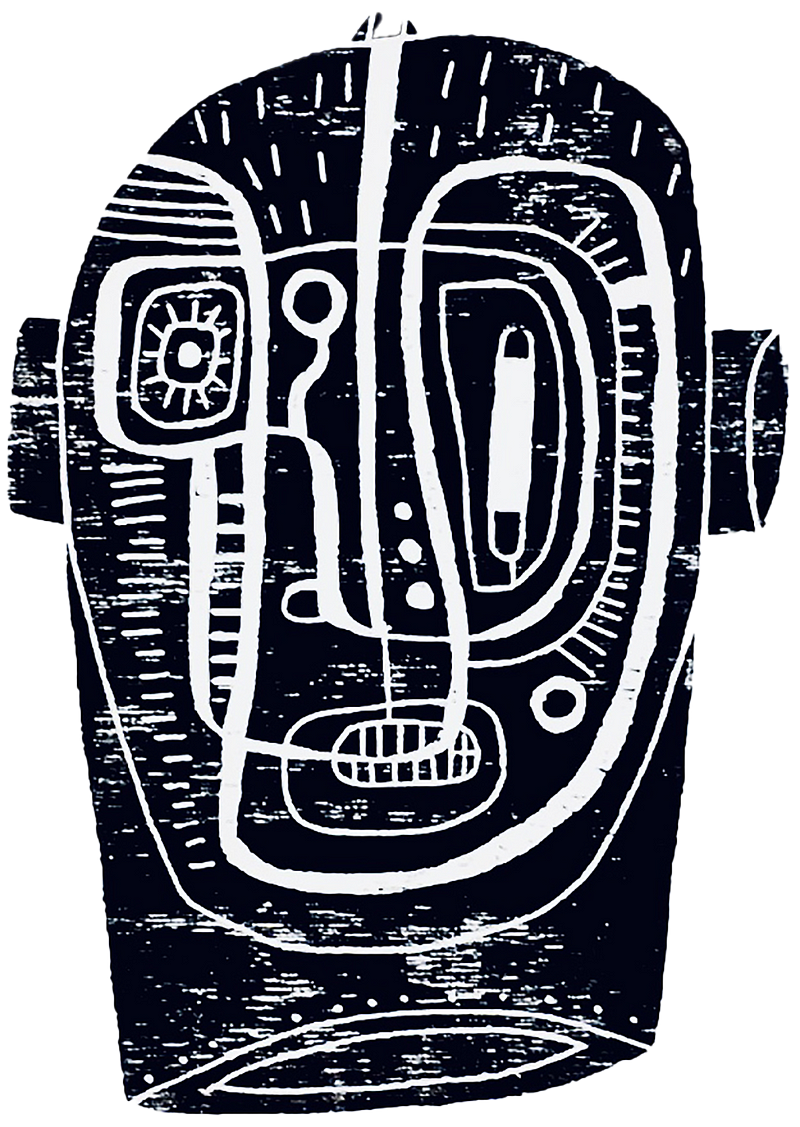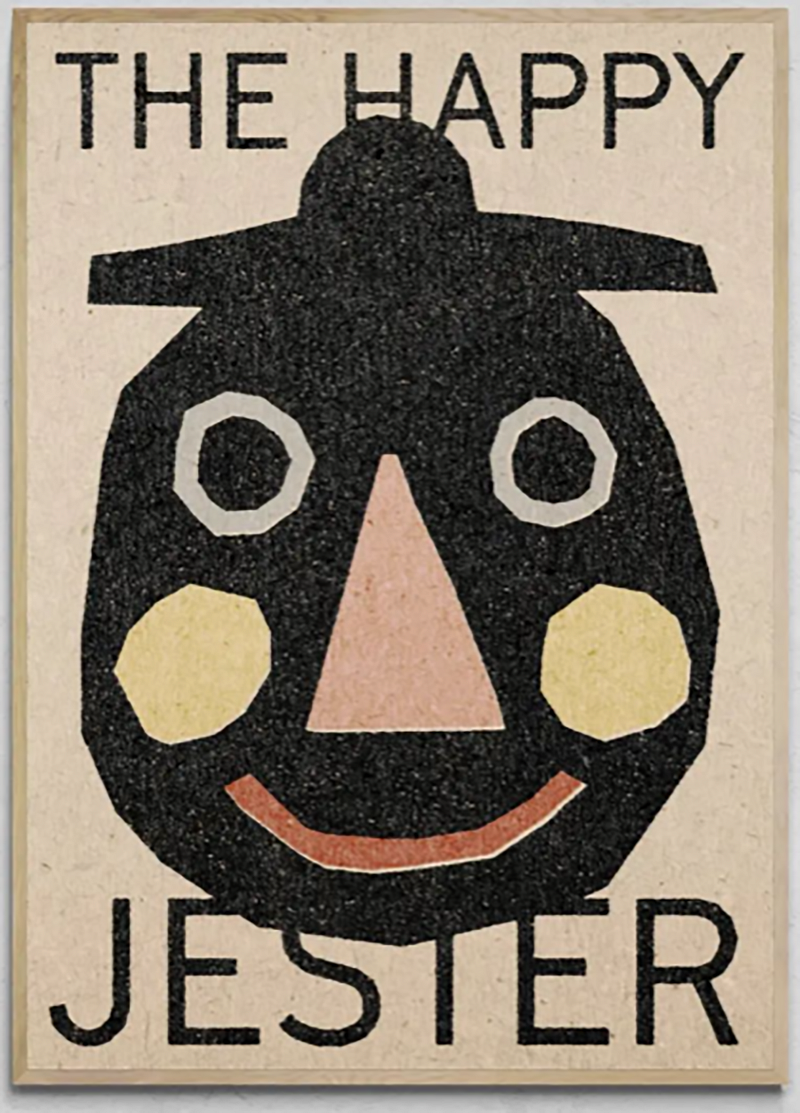Beware of the Tricksters Among Us: The Modern-Day Mercurious
Written on
Chapter 1: Understanding Trickster Archetypes
In his 1956 analysis of the Trickster archetype, anthropologist Paul Radin delves into this figure's role within the psychological landscape of mythology. Throughout history, Tricksters have been prominent in various social contexts, particularly during festive events in Western societies, where societal norms were intentionally turned upside down. For instance, during Medieval festivals, individuals would temporarily assume roles that were opposite to their everyday lives, such as the town jester becoming the Bishop during the Feast of Fools in France. These ritualistic acts of inversion were not limited to Europe or the Middle Ages; they reflect a universal phenomenon.
In contemporary society, we still encounter Tricksters, often finding ourselves either entertained or exasperated by their inherent irony and contradictions. Modern leaders, who are traditionally expected to embody honesty and integrity, sometimes reveal themselves to be deceivers and impostors.

Section 1.1: The Modern Trickster's Influence
Tricksters are omnipresent in our minds, subtly manipulating the connections we share with one another. Notably, figures like George Santos, whose "serial fabrications" mock the very fabric of our society, exemplify this. Santos’s alleged misrepresentations—claiming prestigious educational backgrounds and engaging in identity theft—highlight the absurdity of his actions, which serve as a parody of our social norms.
Meanwhile, Changpeng Zhao, the CEO of Binance, projected an image of technological omnipotence, creating what was once the world's largest cryptocurrency exchange. However, he too has been accused of engaging in dubious financial practices. Sam Bankman-Fried, a convicted former CEO, similarly crafted a narrative that led to his downfall.

Section 1.2: The Need for New Heroes
This narrative of deceit and trickery is prevalent in today’s news cycles, prompting a collective reflection on the type of heroes we need. U.S. Attorney General Merrick B. Garland recently emphasized that using advanced technology to engage in illegal activities does not make one innovative; it makes one a criminal.

Chapter 2: The Legacy of Mercurious
The Trickster figure is further exemplified by Mercurious, a character known for his cunning jokes and mischievous pranks. His ability to shape-shift and evade punishment has led to a complex legacy—one where his foolishness often paradoxically positions him as a hero. Mercurious illustrates how the disorder he represents can challenge the established order, ultimately resonating with audiences who may find solace in his antics.

Section 2.1: The Psychological Impact of Tricksters
Radin argues that Tricksters tap into our subconscious, influencing our emotional responses and interpersonal connections. Their antics serve as a reflection of deeper societal anxieties, revealing the vulnerabilities that bind us together as a community. In Medieval literature, these figures were often likened to the devil's accomplices, referred to as "the apes of God." This portrayal illustrates how society can become complicit in its own deception by allowing itself to be tricked.

Section 2.2: The Consequences of Inaction
The primary defense against the Trickster's mockery lies in recognizing and confronting it directly. Disruption can yield significant consequences, especially when it leads to illegal activities or undermines societal values. Those who passively observe may find themselves caught in a web of chaos, risking irreversible psychological damage. As Radin cautions, neglecting to address these issues may lead to lasting harm.
In conclusion, we must remain vigilant against the Tricksters among us—those who challenge our understanding of morality and integrity. As we navigate this landscape, the call for authentic heroes has never been more urgent.